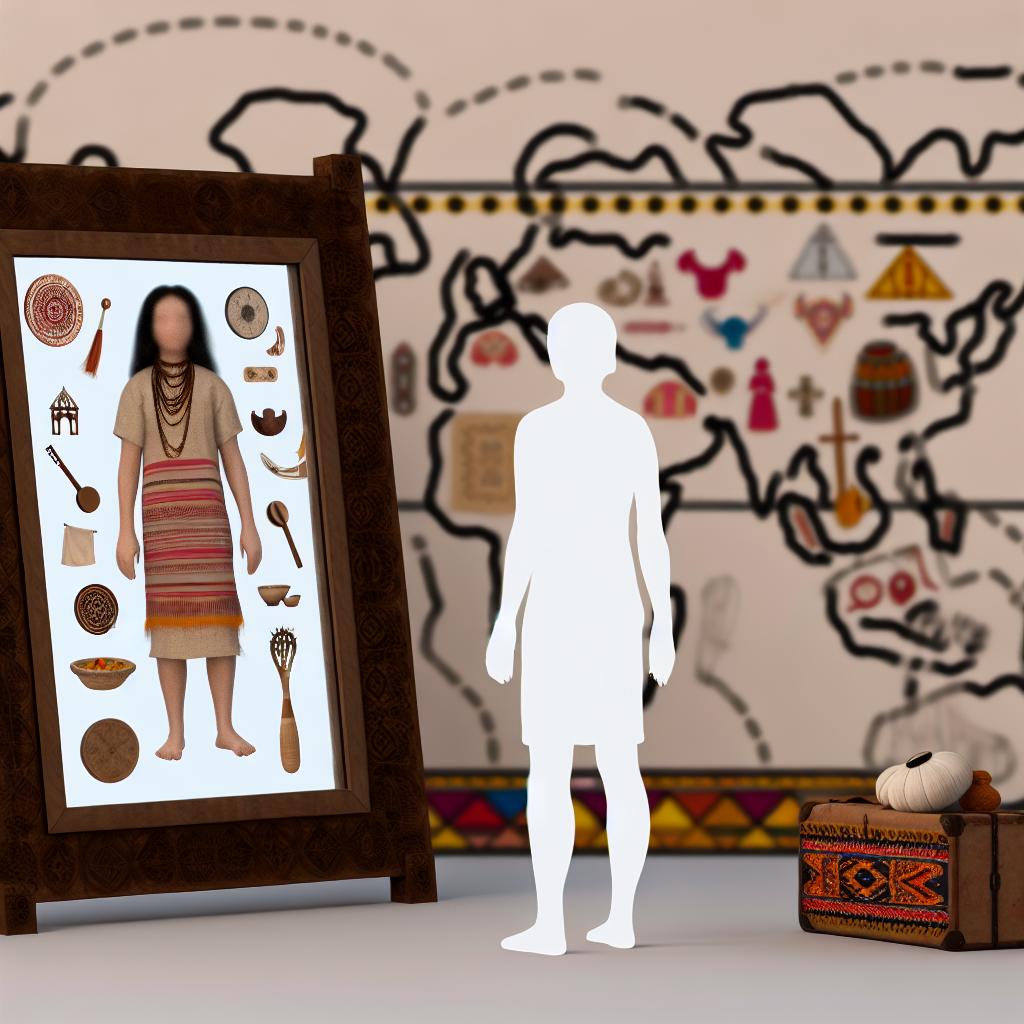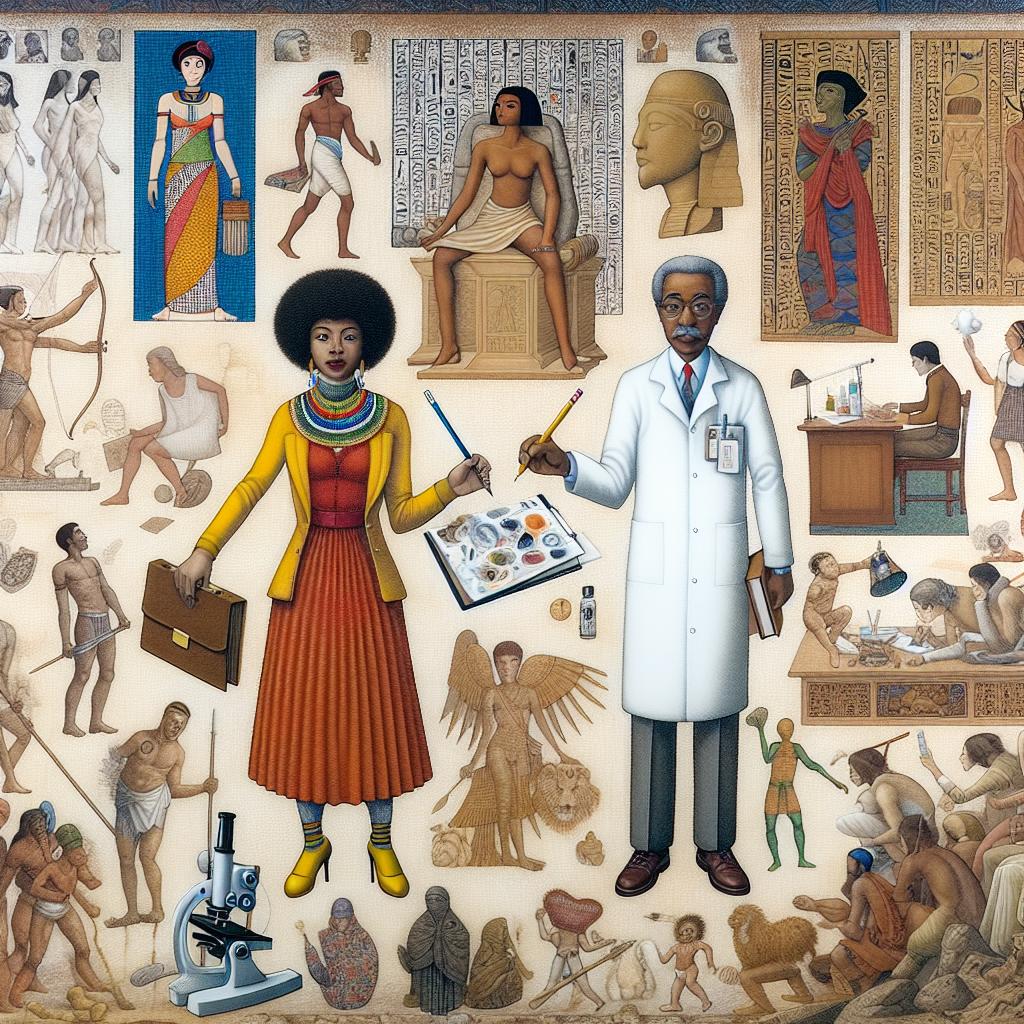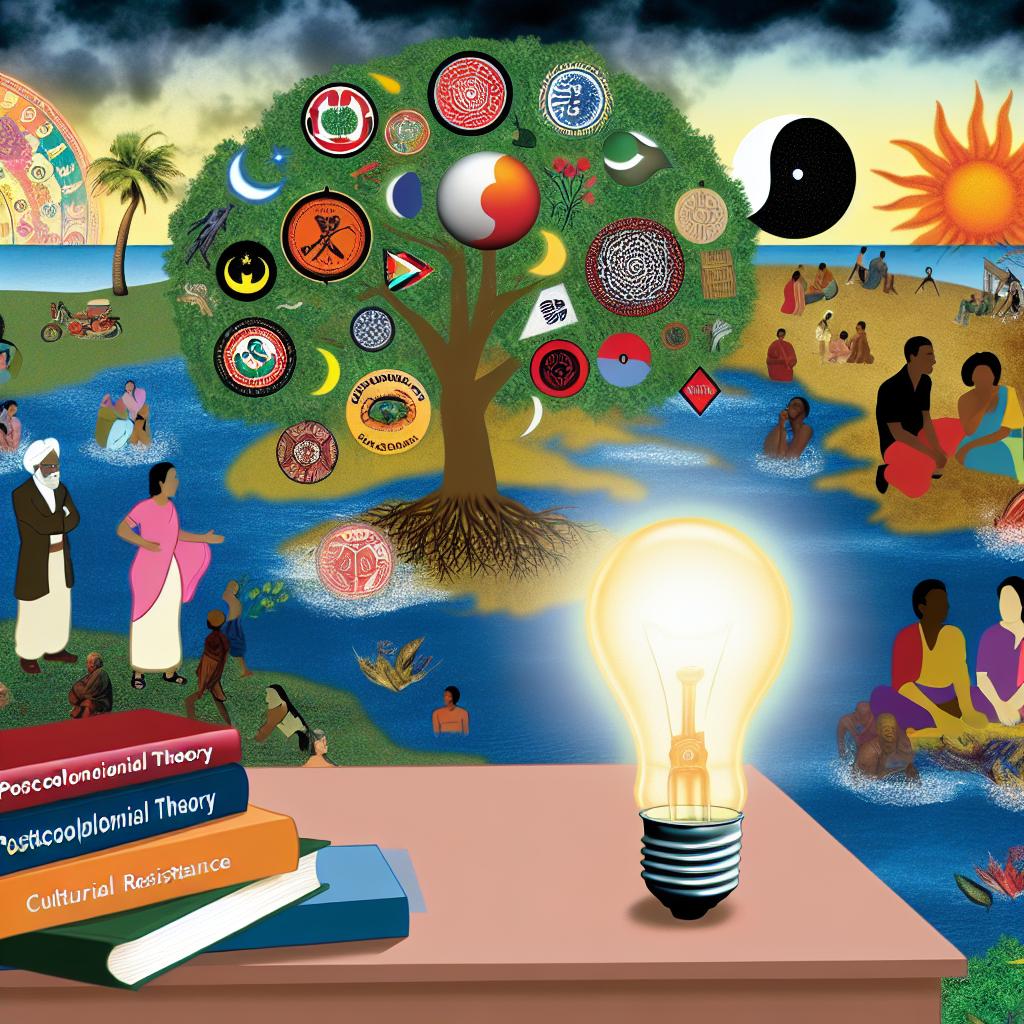Cultural Identity: An Overview
Cultural identity refers to the sense of belonging to a particular cultural group. This identity is often shaped by factors such as nationality, ethnicity, language, and heritage. It plays a significant role in defining how individuals see themselves and how they relate to the world around them.
The Components of Cultural Identity
Cultural identity is multifaceted and can be understood through several key components:
Language: Language is a central aspect of cultural identity, serving as both a means of communication and a way to express cultural heritage and values. It is through language that stories, traditions, and knowledge are passed down through generations. Language gives insight into the history and evolution of cultural perspectives.
Traditions and Customs: These include practices and rituals passed down through generations, such as holiday celebrations, food, and art. Traditions and customs are living expressions of culture and help maintain a connection with the past. They offer a sense of continuity and context to life experiences.
Values and Beliefs: Core principles and ideologies that guide behavior and decision-making are integral parts of cultural identity. These tenets serve as touchstones for decision-making and ethical considerations. The shared values within a cultural group offer a sense of harmony and guidance.
Social Structures: Family, religious affiliations, and social institutions contribute to how individuals perceive their place within their culture. Social structures provide the framework for social interaction and adherence to cultural norms. They also facilitate the passing of cultural knowledge from one generation to the next, sustaining cultural continuity.
The Role of Cultural Identity in Self-Perception
Cultural identity influences how individuals perceive themselves and their place in the world. It provides a framework through which people understand their values, beliefs, and behaviors. When cultural identity aligns with a person’s self-perception, it can enhance their sense of belonging and self-esteem. Conversely, conflicts between cultural expectations and personal beliefs can lead to challenges in self-identity. These challenges can manifest in various forms, such as feelings of alienation or identity crisis, particularly when one navigates between different cultural environments.
Impact on Interpersonal Relationships
Understanding one’s cultural identity can improve interpersonal relationships by fostering empathy and appreciation for diverse perspectives. It encourages individuals to recognize and respect cultural differences, which can enhance communication and collaboration in multicultural settings. These relationships benefit from a mutual recognition of cultural diversity, leading to more productive and harmonious interactions. In multicultural environments, a strong sense of cultural identity can facilitate better teamwork and minimize misunderstandings.
Challenges in Cultural Identity
While cultural identity can offer a strong sense of belonging, it can also pose challenges, particularly in multicultural societies.
Identity Conflicts: People may experience conflicts between their cultural identity and the dominant culture of the society in which they live. Balancing these can lead to stress or confusion. Such conflicts may arise in cases of migration, where individuals must navigate differences between home and host cultures.
Stereotyping and Prejudice: Individuals may face challenges related to cultural stereotypes or prejudice, impacting their sense of identity and belonging. Stereotypes can create barriers to understanding and lead to discrimination, making it difficult for individuals to express their cultural identities fully.
Assimilation Pressure: There may be pressures to assimilate into the predominant culture, which can result in the loss of cultural heritage or identity. This pressure often leads to tension between maintaining cultural traditions and adapting to new cultural norms.
Strategies for Navigating Cultural Identity
Navigating cultural identity, especially in diverse environments, requires thoughtful strategies:
Self-Reflection: Engaging in self-reflection can help individuals understand and embrace their cultural identity. Reflecting on personal values, beliefs, and traditions can strengthen one’s connection to their culture and clarify personal goals.
Cultural Participation: Actively participating in cultural activities and traditions can strengthen cultural ties and enhance the sense of identity. Celebrating cultural heritage through festivals, gatherings, or traditional practices fosters a sense of community and belonging.
Education and Dialogue: Educating oneself and engaging in open dialogues about cultural differences can foster mutual understanding and respect. Encouraging conversations around cultural diversity can dismantle stereotypes and build bridges between different cultural groups.
Participating in cultural exchange programs and attending workshops or seminars focused on cultural awareness are also effective ways to deepen understanding. Sharing experiences and narratives across cultures enriches the knowledge of others’ cultural backgrounds, contributing to a more inclusive environment.
Conclusion
Cultural identity is a complex and integral part of personal and communal life. It shapes how individuals perceive themselves and interact with others. By understanding and appreciating cultural identities, societies can promote inclusivity and harmony amidst diversity. Acknowledging the richness of cultural differences not only benefits individuals but also strengthens societal fabrics. In a globalized world, valuing cultural identity becomes crucial for fostering peace and cooperation across various social landscapes. Recognizing and respecting the multifaceted nature of cultural identity leads to more cohesive communities and a richer global exchange of ideas.



